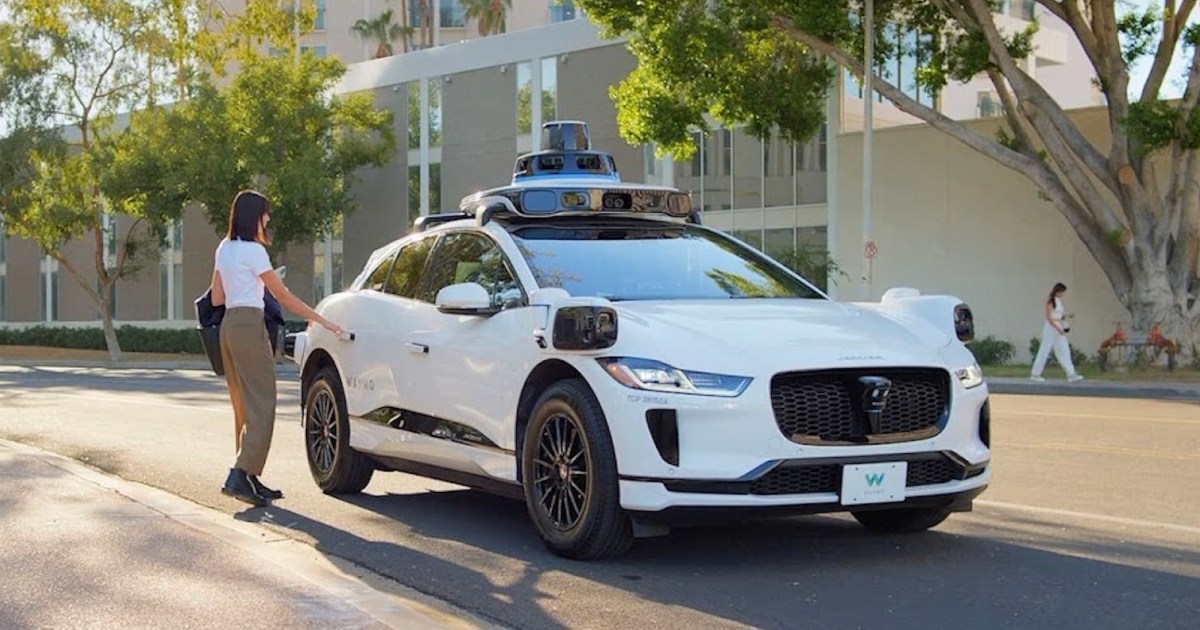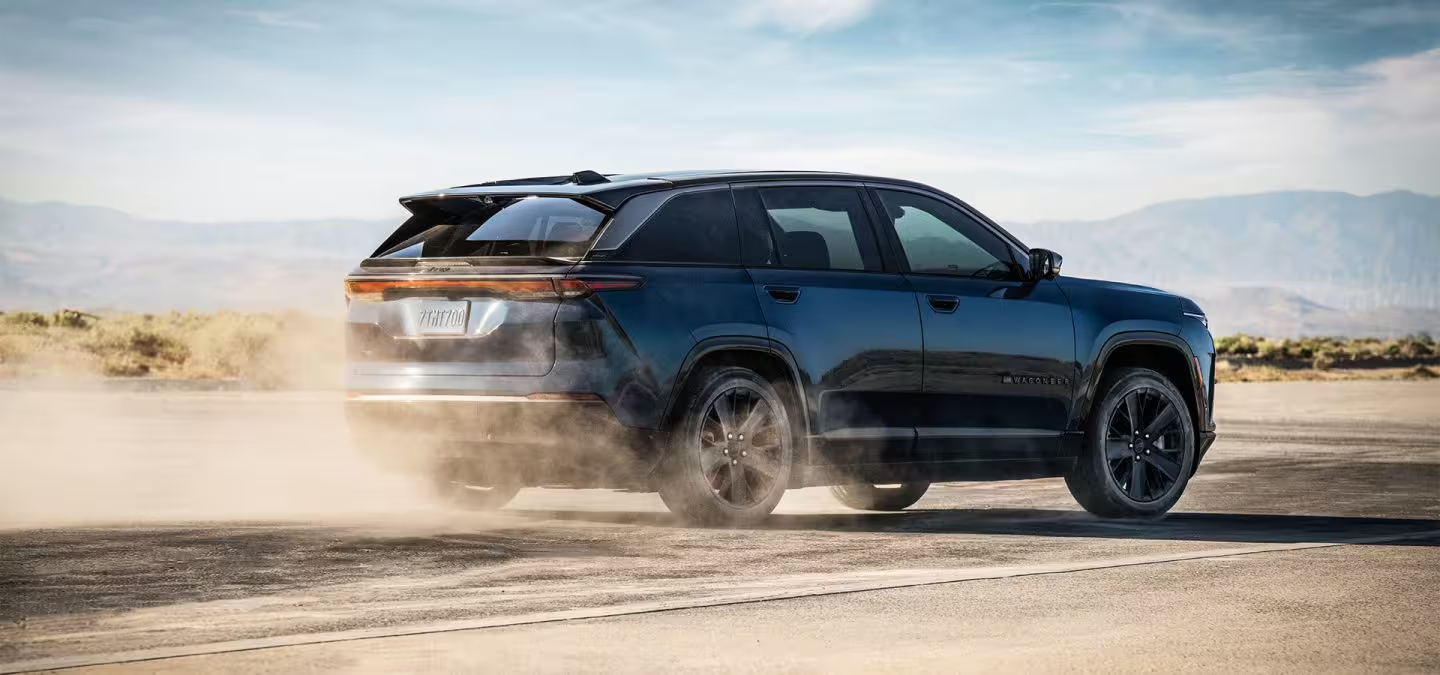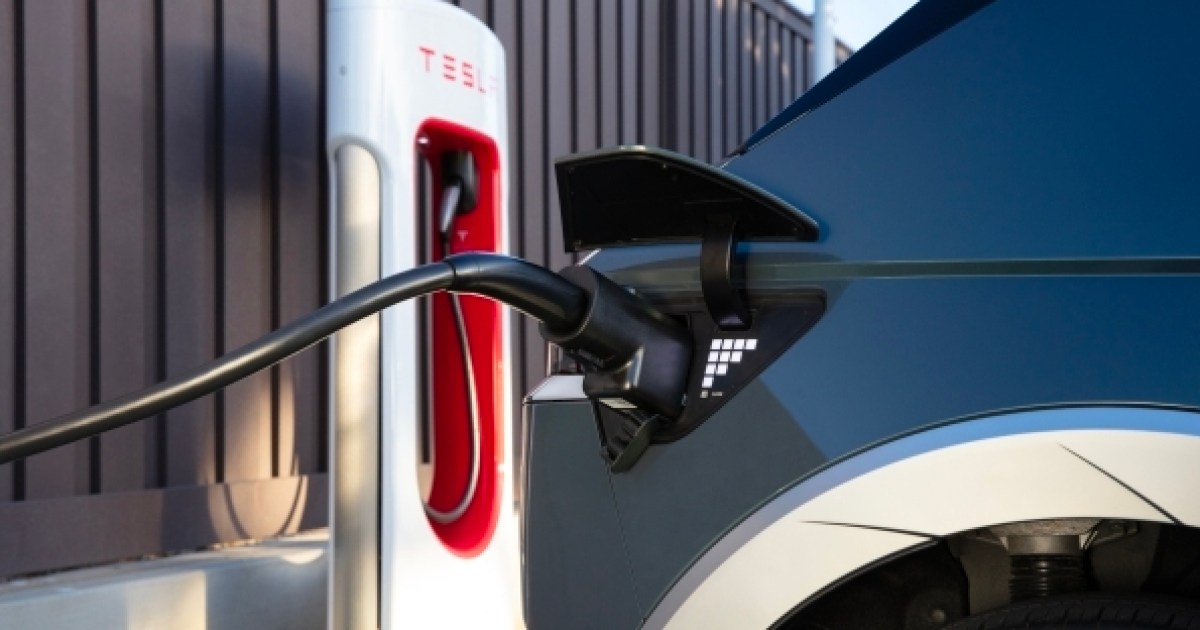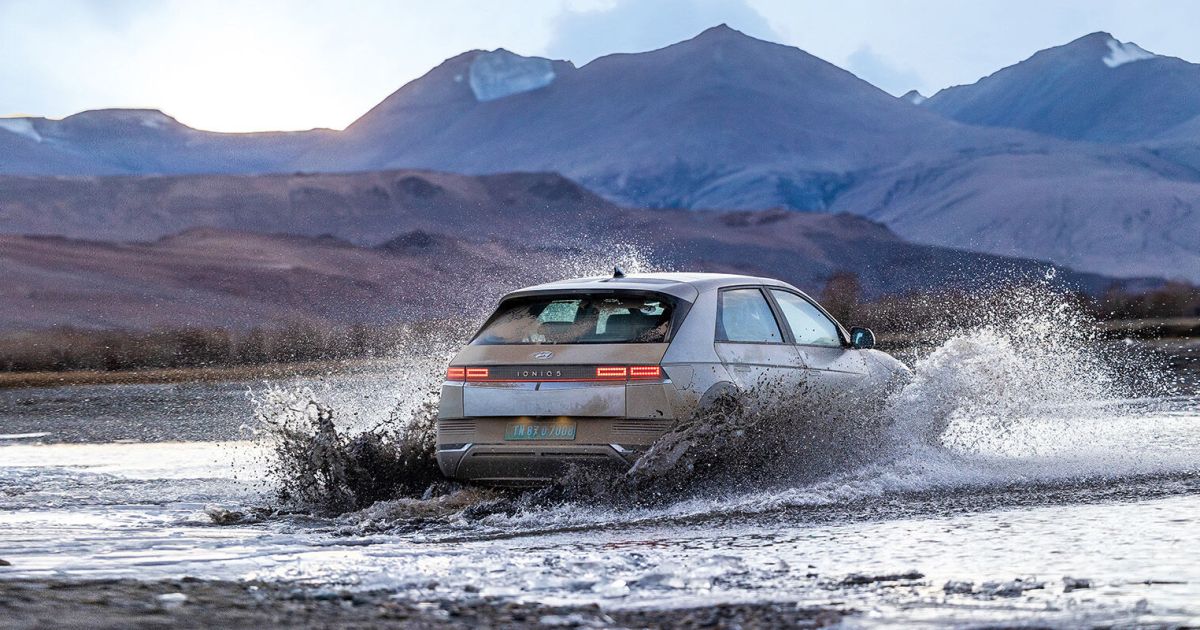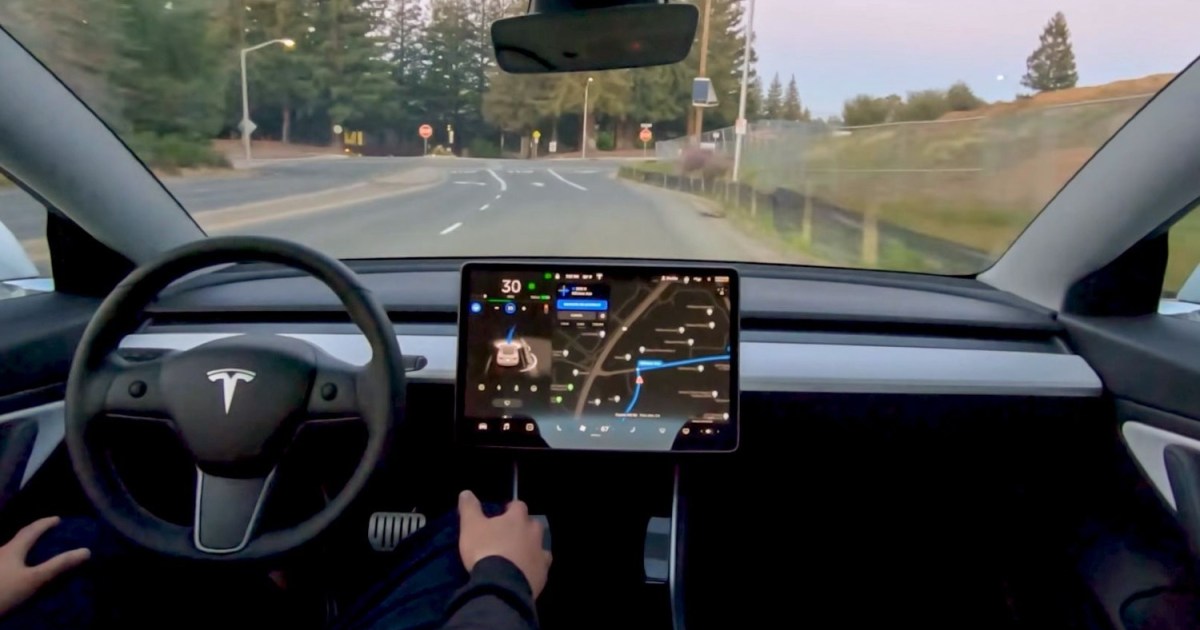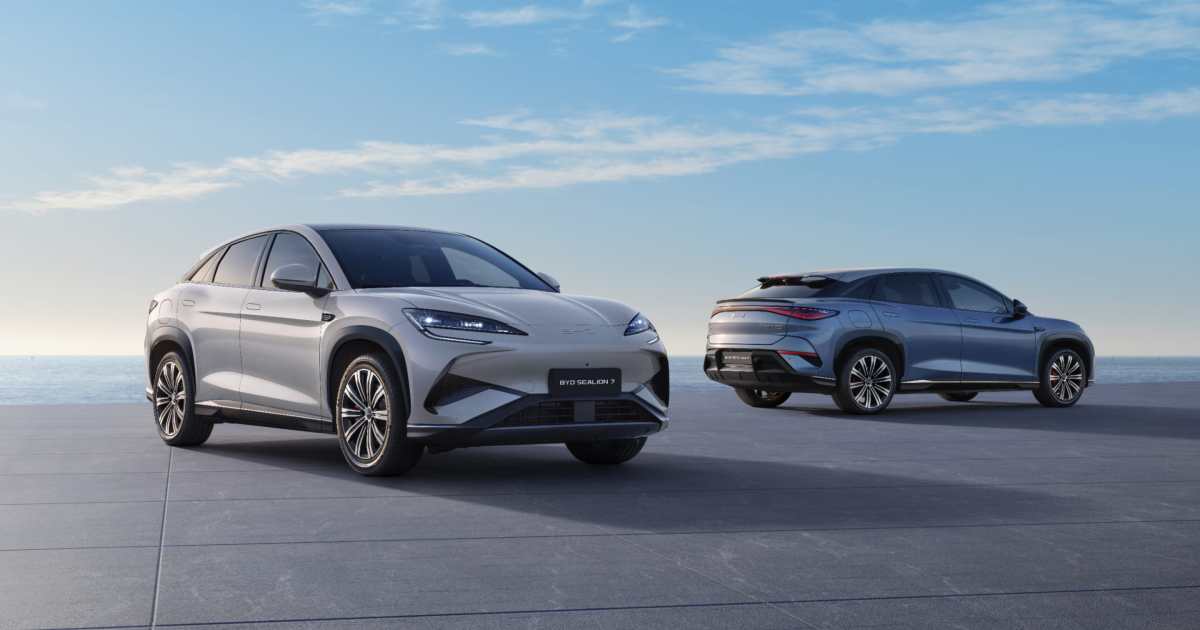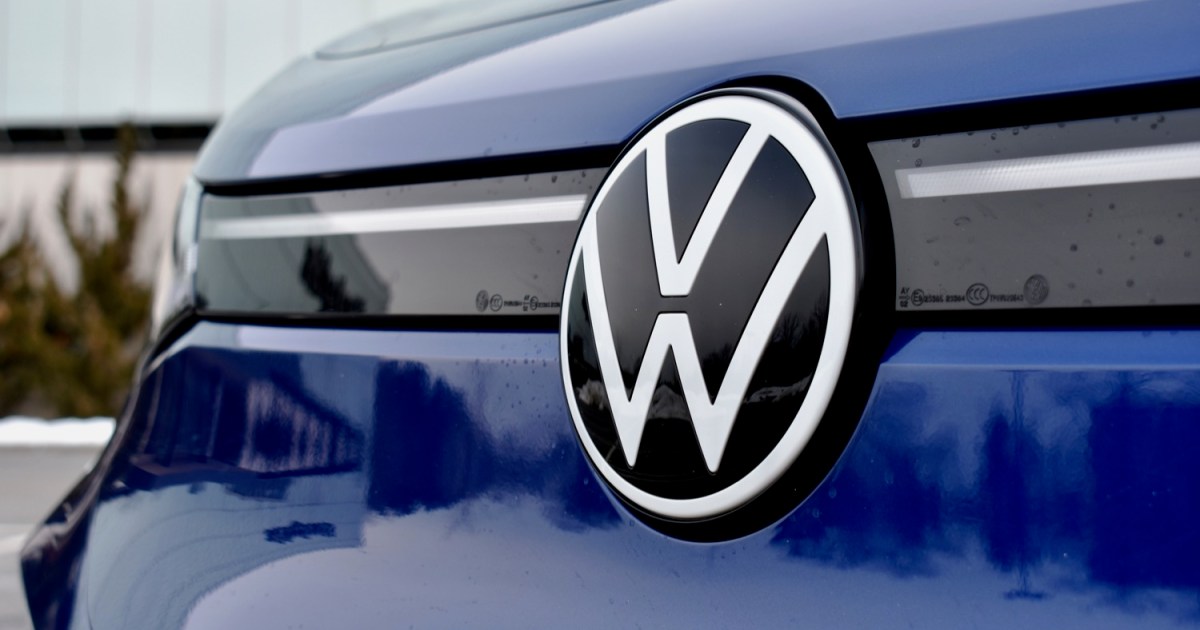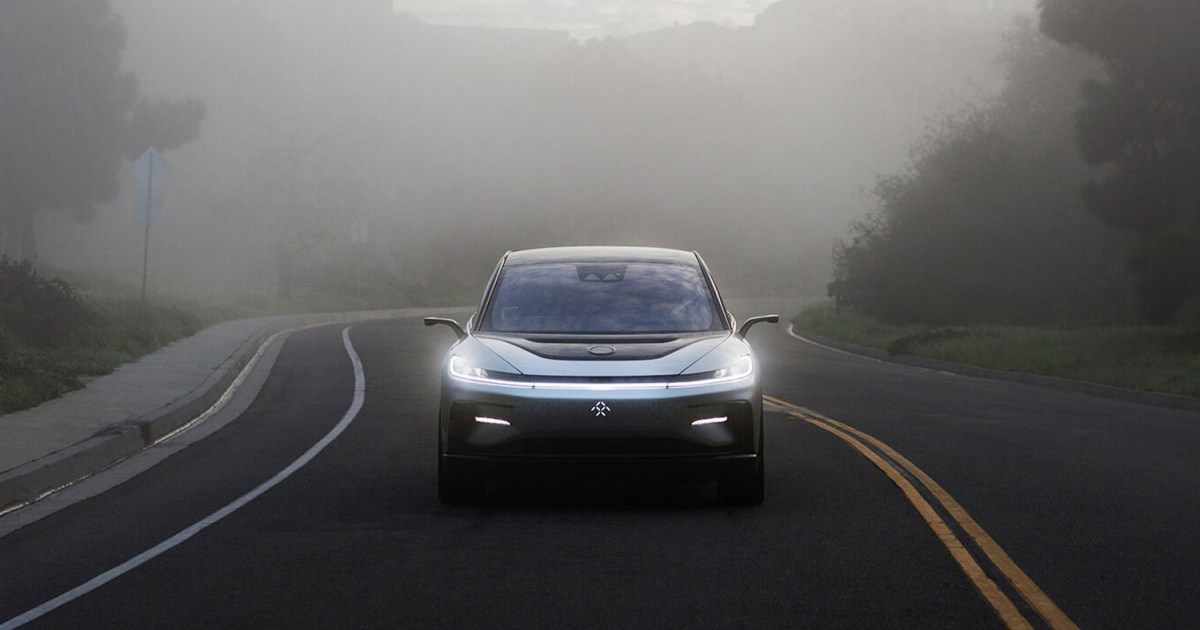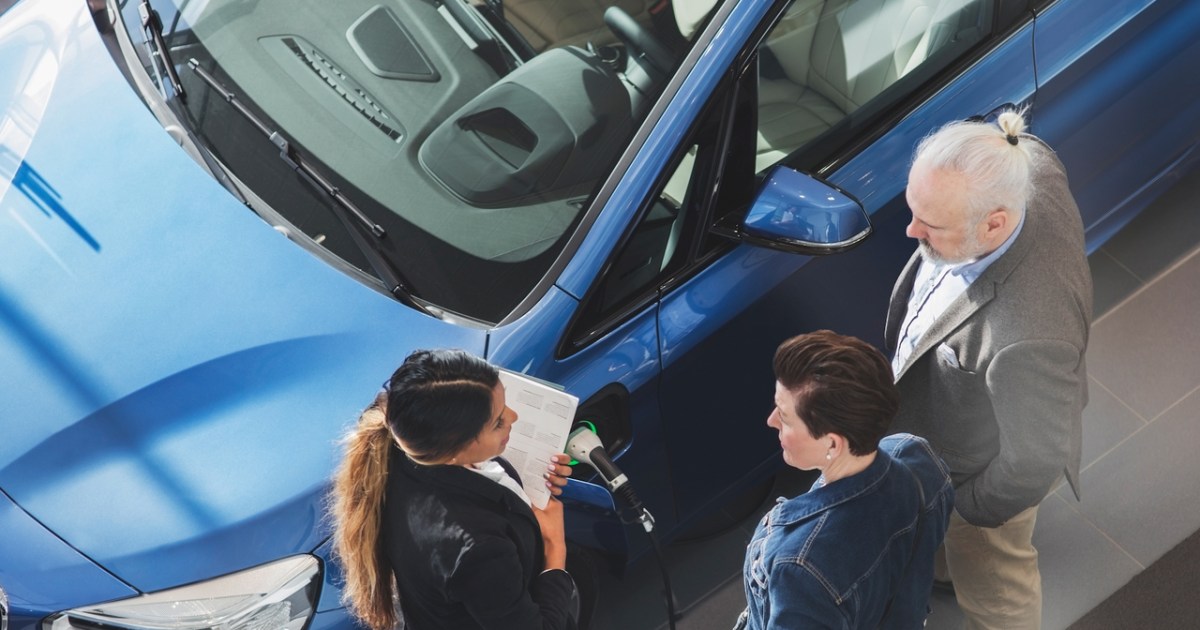Robotaxis have dominated headlines in 2024, sparking both excitement and concern. While Tesla’s Cybercab robotaxi generates buzz, safety remains a paramount concern for the public and regulators alike. A recent survey highlighted that 68% of Americans express safety concerns regarding self-driving vehicles (SDVs) on public roads, yet over half believe these issues can be addressed or that SDVs will ultimately be safer than human drivers. This underscores the importance of demonstrably safe autonomous driving technology.
Waymo’s Safety Performance: A Statistical Advantage
Waymo, the sole provider of a functioning robotaxi service in the U.S., has actively addressed these safety concerns. A new research study conducted with Swiss Re, a global reinsurance company, reveals that Waymo Driver boasts superior safety metrics compared to human drivers.
This study, leveraging Swiss Re’s extensive database of over 500,000 insurance claims and over 200 billion miles of exposure, compared Waymo’s claims data with that of human drivers. The results are impressive: Waymo Driver demonstrates an 88% reduction in property damage claims and a 92% reduction in bodily injury claims compared to human drivers.
Real-World Safety Data: Fewer Claims, Fewer Accidents
Translating these percentages into real-world figures, Waymo Driver, across 25.3 million miles driven, has been involved in only nine property damage claims and two bodily injury claims. Swiss Re estimates that human drivers, covering the same distance, would typically incur 78 property damage and 26 bodily injury claims.
These findings reinforce Waymo’s previously published safety impact data, indicating fewer serious collisions involving Waymo Driver compared to human drivers over 25 million fully autonomous miles, irrespective of fault. This consistent demonstration of safety has been crucial in securing regulatory approval for Waymo’s robotaxi operations.
Contrasting Approaches: Regulatory Scrutiny and Policy Shifts
Other companies in the autonomous driving space face different challenges. General Motors-backed Cruise halted testing after a fatal pedestrian accident and subsequently lost GM’s financial backing. Tesla, under investigation for crashes involving its full self-driving software, aims to launch its Cybercab robotaxi service in 2025, despite facing regulatory scrutiny.
Tesla CEO Elon Musk’s approach to safety concerns differs significantly from Waymo’s. His new role in a government agency under the incoming Trump administration has led to proposed deregulation of self-driving vehicles, including changes to crash reporting requirements. This diverging approach to safety regulation highlights the ongoing debate surrounding the balance between innovation and public safety in the autonomous driving sector.
The Future of Robotaxi Safety: A Continuing Journey
Waymo’s commitment to data-driven safety analysis provides a benchmark for the industry. While challenges remain, Waymo’s performance underscores the potential of autonomous driving to improve road safety. The future of robotaxi safety hinges on rigorous testing, transparent data sharing, and responsible regulatory oversight.
https://www.tandfonline.com/doi/full/10.1080/17450101.2024.2325386#d1e502



